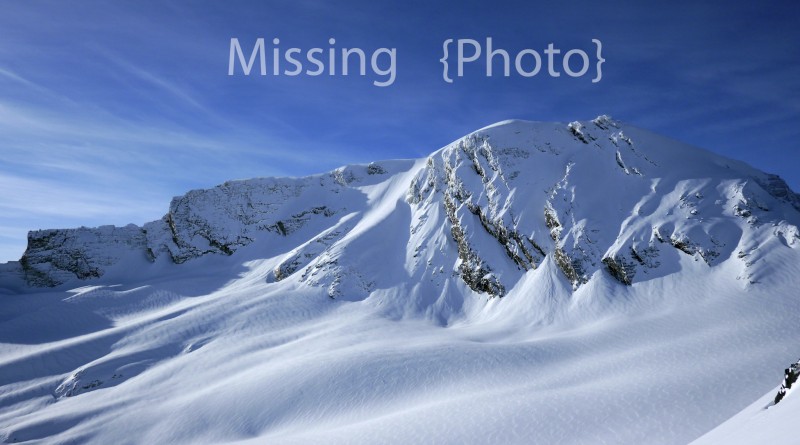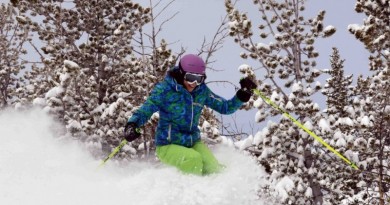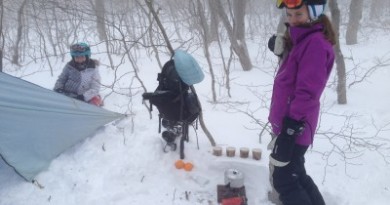New to skiing? Four Misconceptions
Author of the bestselling book, The Seven Secrets of Skiing, Chalky White reviews four common mistakes that many new skiers make.
As the season gets underway and skiers of all levels journey to the snow-capped mountains, chances are that a great many of them will do some things that won’t help their cause, says ski instructor and ski author Chalky White.
“You can boil down skiing to a few basic principles, but like any sport, there are many finer details that matter, and with an activity like skiing, the details can mean the difference between a safe ski trip and a hazardous one,” White says.
“Skiing is a truly wonderful sport; it changed my life! I hate to think that there are beginners who may be steered away from it due to avoidable mistakes. And, there are those who’ve become decent skiers – they love the sport and they continue skiing each season – but they’re held back by questionable technique and inaccurate practice.”
White wrote the bestselling how-to book, “The 7 Secrets of Skiing,” and crafted a program for business professionals and celebrities called ‘Ski the World with Chalky White.’ White starts by reviewing four common mistakes skiers make when learning to ski or working on their form.
• “I’m too old to be a great skier, so I’ll just wing it.” Some people are raised on the slopes, carving up the snow at age 6 and entering competitions at age 8, White says. Most folks, however, have average natural ability and aren’t raised on skis. But, as I was they can, if accurately trained, become very competent skiers.
If you’re completely new to skiing, take the time to learn some basics – preferably with a qualified instructor. The most important fundamental to learn is balance, as applied to skiing; all sports rely on balance to some extent, and for skiing it all starts there.
• “I can be great if only I can overcome my fear.” Indeed, hurling one’s body down what they perceive to be a steep slope of slippery snow takes courage. It makes sense to have butterflies at the top of a slope, but overcoming nerves alone won’t make you great.
Some skiers, even a few new to the sport, have little fear when skiing, but that’s often because they’ve practiced and have undergone sound training. The more adept you become as a skier, the more fear-based emotion is pushed to the “back-burner” and is, as practice continues, largely replaced by new-found confidence and more fun.
• “I’m beyond the basics.” Ninety-five percent of skiers, including some professionals, do not fully appreciate and utilize the power of balance – at least not consciously. Many simply believe they are fully balanced, but this is often delusional and maybe arrogant thinking. The best advice is to be a constant student, which means consistent vigilance toward one’s balance.
A great skier is one who can consistently recover following balance losses. You may be frustrated that you lost balance at all. However, the ability to recover with ease is a sign that you are well-balanced.
• “I don’t want to pre-release from my ski bindings; my gear seems okay.” Just as it is silly to think that gear alone will make you a good skier, so too is the idea that gear doesn’t have specific requirements. Most vitally, you’ll want to make sure ski bindings adhere to the right D.I.N. (German for “Deutsche Institut Fuer Normung”) standard. If your bindings are accurately set to suit your age, ability and weight, and if you are skiing with proper technique, you will probably not pre-release from them. Some skiers tamper with these professional standards to prevent release, which can be extremely dangerous.
Other important facets, White says, include boots – the most important gear item for technique – and ski poles, which should be the correct length.
“I have heard far too many disturbing stories due to the inaccurate setting of the binding alone,” White says. “Too many of my friends, and the general skiing fraternity, have experienced broken legs. Don’t be one of many skiers, experts included, who neglect the binding setting. Get your skis’ bindings regularly checked by a professional, and don’t tamper with them.”



